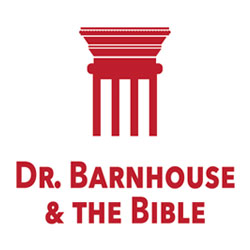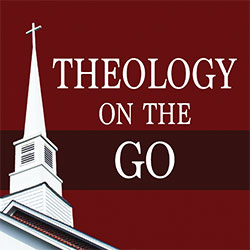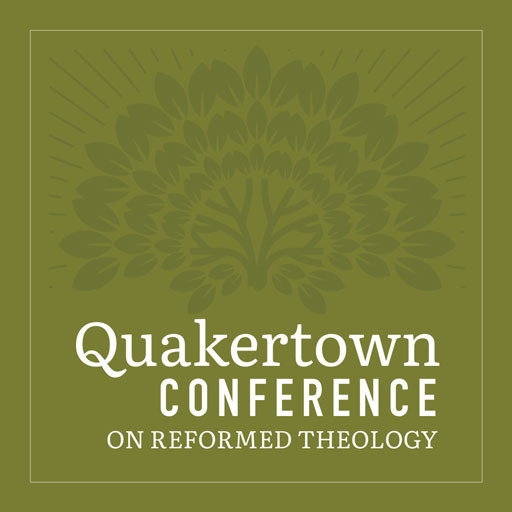
Mary Rowlandson – Seizing God in the Wilderness
Mary Rowlandson – Seizing God in the Wilderness
Mary Rowlandson’s account of her experience as prisoner of war became an immediate best-seller. In fact, it was the first best-seller in America, and the first of what became a popular genre: accounts of captivity among Native American tribes.
Her book – initially written for the benefit of her children – was first published with the title The soveraignty and goodness of God, together with the faithfulness of his promises displayed. It included a preface – probably written by Increase Mather – and a sermon by her husband at the end. It continued to be a popular book well into the 19th-century.
Today, her account is often discounted as partial and biased. She calls her captors “ravenous beasts” and “cruel heathens.”[1] Her harrowing experience and her candor in describing her actions, feelings, and questions, however, cause readers to sympathize rather than criticize her.
Besides, some modern scholars recognize that her description of Algonquian life is fairly accurate, and her account introduces us to both compassionate and cruel captors. There is some ambivalence in her judgment, especially when she witnesses God’s continual provision of her enemies’ needs. In any case, the Algonquians are not the main characters in this tale, and are not mentioned in her conclusion. The protagonist is God. Every event is a part of his purpose in a much larger story, and what matters to Mary is her response to God’s providence in her life.
Captive
Born in 1637 in Somerset, England, Mary immigrated to America with her family two years later. In Lancaster, Massachusetts, her father John White became a successful landowner. Around 1656, Mary married Joseph Rowlandson, the town’s pastor. The couple had four children. The first one, Mary, died just five days past her third birthday. The others were Joseph, another Mary, and Sarah. In spite of common hardships, the Rowlandsons lived a fairly calm and ordinary life.
In 1675, the devastating conflict between New England colonists and several Algonquian nations (so-called King Philip’s War) put an end to the family’s peace. The apprehensions that filled the first year of war came to a head on February 10, 1676, at dawn, when Lancaster was attacked by King Philip’s men.
At first, Mary witnessed the raid from her window. She saw homes on fire and people trying to flee. She heard gunshots and cries. Then the Algonquian warriors came to her house, set it on fire and shot their guns in all directions. In the end, she and her children were led away to join the group of captives. She and her youngest child, six-year old Sarah, were wounded.
The trip through the “vast and desolate wilderness”[2] was difficult. Even if the Algonquians tried to accommodate Sarah on a horse, Mary had to helplessly listen to her persistent cries of pain, “I shall die, I shall die.”[3] At the end of the day, Mary sat on the snow-covered ground with her feverish child in her arms.
By the time they arrived at an Algonquian village in Wenimesset, northward of Quabaug, it was obvious that Sarah would not live much longer. The natives’ repeated suggestions to “knock your child on the head”[4] to put an end to her pain provided no acceptable option and no comfort to Mary. Finally, Sarah died in her mother’s arms, nine days after contracting her wounds.
Mary kept note of everything she experienced and observed. At that time, many Native American nations were suffering deprivations (one of the reasons for the war), which Mary experienced first-hand. She traveled with them from place to place, in cold weather, eating foods she would have previously considered unimaginable (such as half-cooked horse liver, horse’s feet, and bear meat), and working as slave for an Indian squaw. Her ability with needle and thread increased her value, and she was often able to make clothes in exchange for food.
The Algonquians allowed her to keep a Bible they had taken, among other things, from the village, and she read it avidly. Some portions, such as Deuteronomy 28, persuaded her the calamity that had fallen on their village was a result of their sins. Deuteronomy 30, however, provided assurance of God’s mercy and unbreakable promises. “I do not desire to live to forget this Scripture, and what comfort it was to me,”[5] she wrote.
Survivor
Mary’s captivity lasted about eleven weeks. On May 2, 1676, she was ransomed and reunited with her husband. Her two surviving children, who had been separated from their mother for most of their captivity, were released a few months later.
After a brief period in Boston, Mary spent the rest of her life in Wethersfield, Connecticut, where her husband was called as pastor. He died in 1678, at 47 years of age. The following year she married Captain Samuel Talcott, one of the administrators of Joseph Rowlandson’s estate. Talcott was a widower with six sons and two daughters. No children were born from Mary’s marriage to Talcott, who died in 1691. She survived him by 20 years.
While some things returned to normal, much of Mary’s life was no longer the same. For least some time, she couldn’t sleep peacefully at night. “When all are fast about me,” she wrote, “and no eye open, but His who ever waketh, my thoughts are upon things past, upon the awful dispensation of the Lord towards us, upon His wonderful power and might, in carrying of us through so many difficulties, in returning us in safety, and suffering none to hurt us.”[6]
She concluded her book with reflections that remind of Ecclesiastes: “I have seen the extreme vanity of this world: One hour I have been in health, and wealthy, wanting nothing. But the next hour in sickness and wounds, and death, having nothing but sorrow and affliction. … The Lord hath showed me the vanity of these outward things. That they are the vanity of vanities, and vexation of spirit, that they are but a shadow, a blast, a bubble, and things of no continuance. That we must rely on God Himself, and our whole dependance must be upon Him.”[7]
She pondered on the nature of suffering. “The portion of some is to have their afflictions by drops, now one drop and then another; but the dregs of the cup, the wine of astonishment, like a sweeping rain that leaveth no food, did the Lord prepare to be my portion. … Yet I see, when God calls a person to anything, and through never so many difficulties, yet He is fully able to carry them through and make them see, and say they have been gainers thereby.”[8]
These reflections changed her view of daily obstacles. “If trouble from smaller matters begin to arise in me, I have something at hand to check myself with, and say, why am I troubled? It was but the other day that if I had had the world, I would have given it for my freedom, or to have been a servant to a Christian. I have learned to look beyond present and smaller troubles, and to be quieted under them. As Moses said, ‘Stand still and see the salvation of the Lord’ (Exodus 14.13).”[9]
[1] Mary Rowlandson, Narrative of the Captivity and Restoration of Mrs. Mary Rowlandson, Project Gutenberg, 2009, Introduction and The First Remove, https://www.gutenberg.org/files/851/851-h/851-h.htm
[2] Ibid., The Second Remove
[3] Ibid.
[4] Ibid., The Third Remove
[5] Ibid.
[6] Ibid., The Twentieth Remove
[7] Ibid.
[8] Ibid.
[9] Ibid.

























